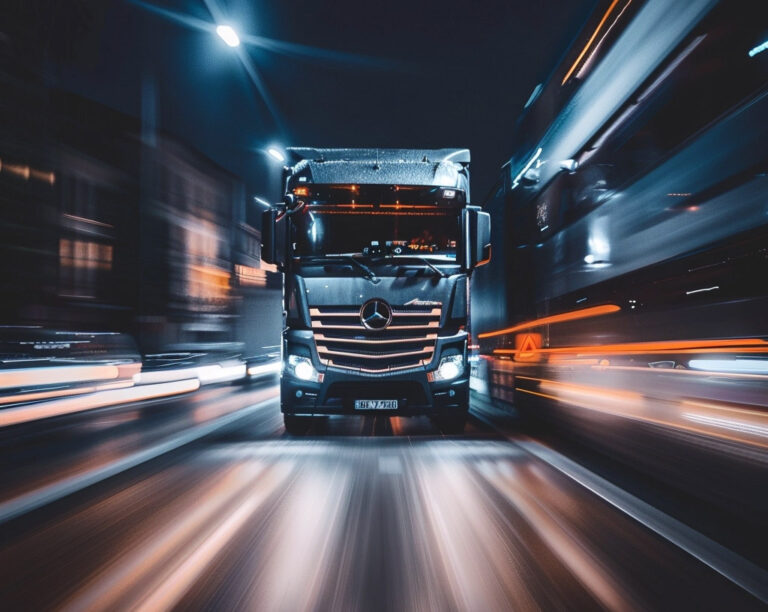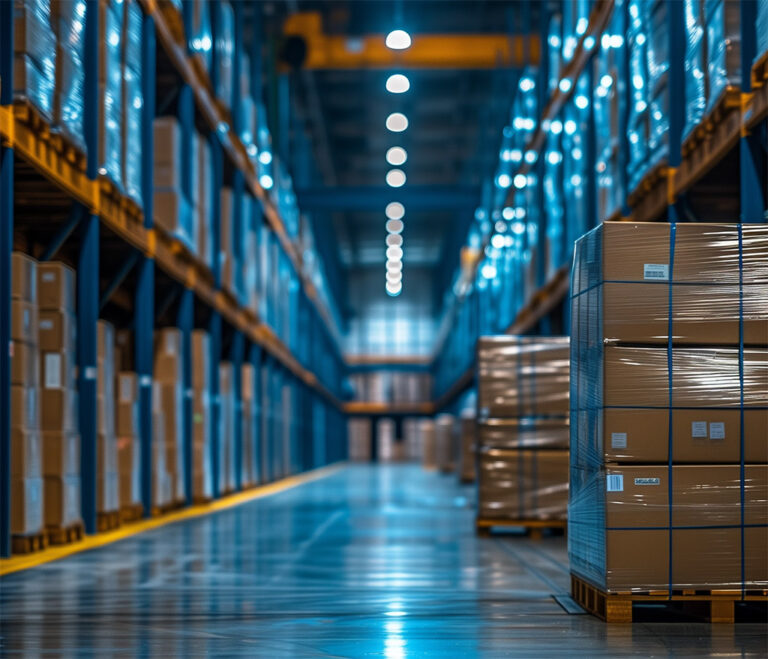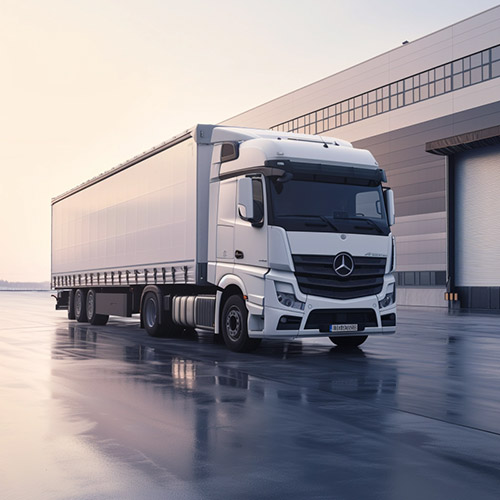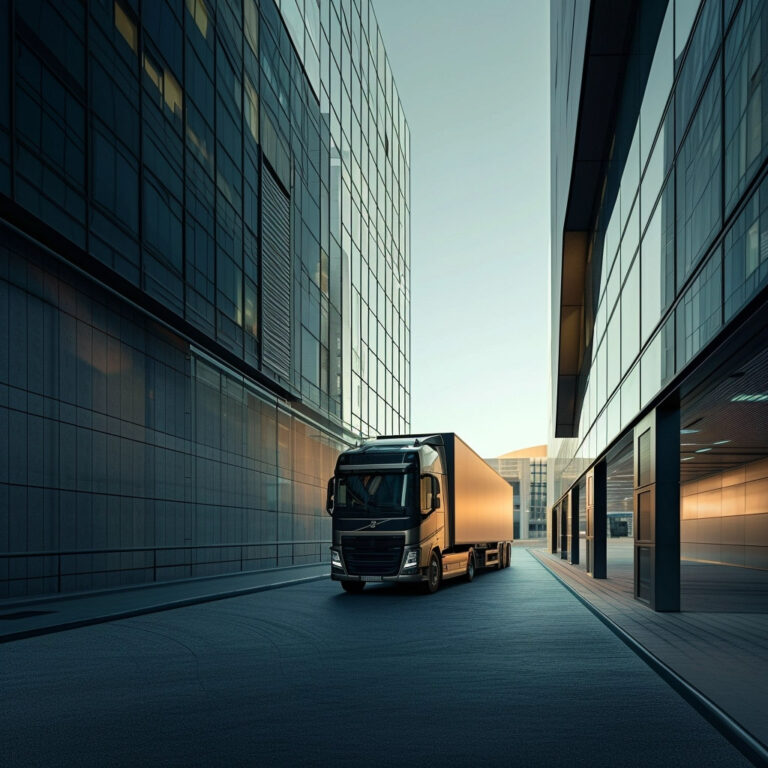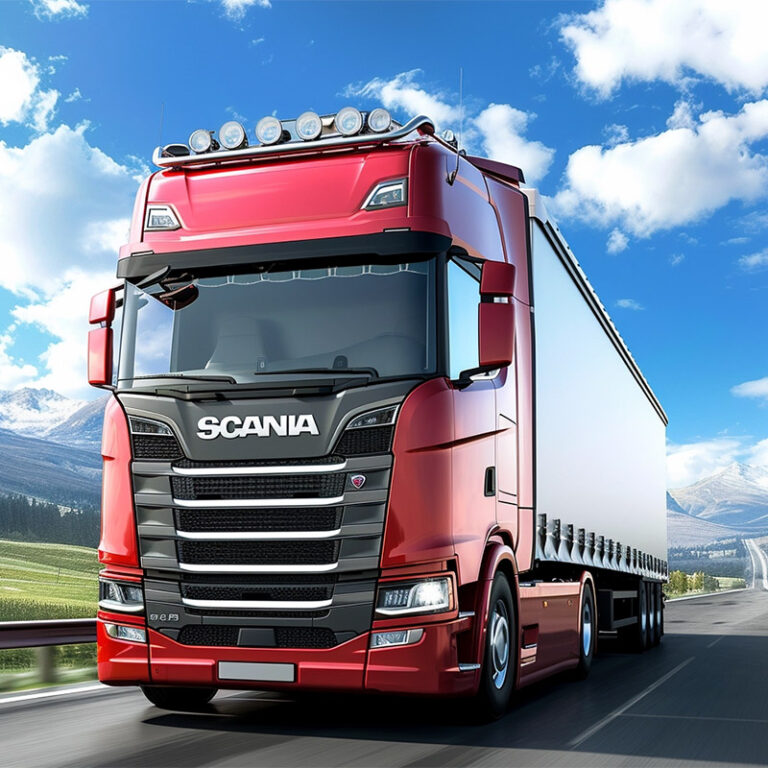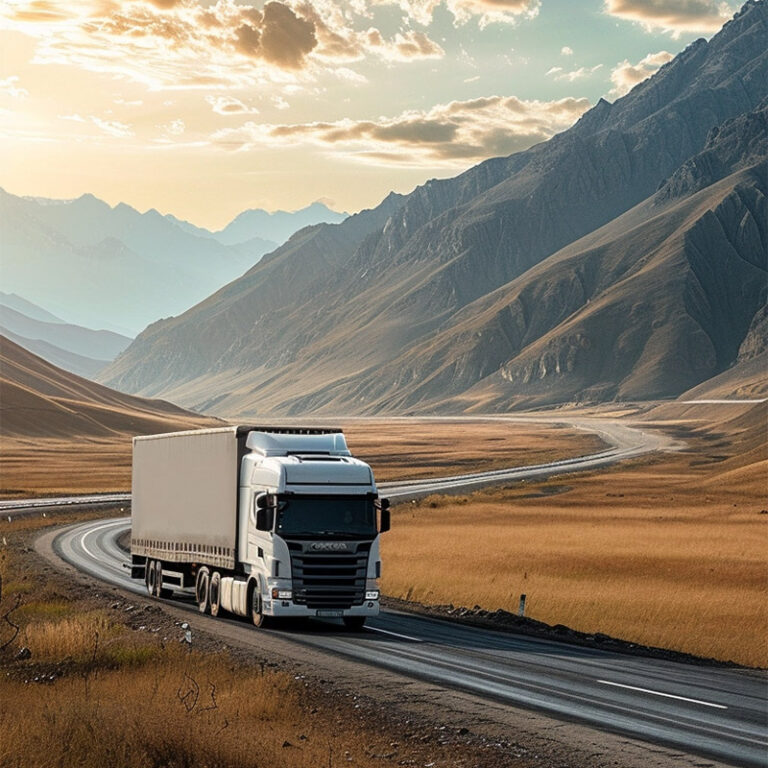The trucking industry stands at the cusp of a revolution, driven by technology, environmental concerns, and evolving business models. As we navigate the road ahead, three key trends are poised to redefine logistics, offering both challenges and opportunities.
Electrification and Sustainability
A significant shift toward sustainability is reshaping the trucking landscape. Electrification of fleets is at the forefront of this change, with companies increasingly investing in electric vehicles (EVs) to reduce carbon footprints and comply with stricter emissions regulations. This move not only supports environmental goals but also promises lower operating costs in the long term. Additionally, the integration of renewable energy sources for charging infrastructure further underscores the industry’s commitment to green logistics.
Autonomous and Connected Technology
Autonomous driving technology is moving from concept to reality, promising to enhance efficiency and safety in trucking operations. While fully autonomous trucks may still be on the horizon, advanced driver-assistance systems (ADAS) are already making roads safer. Connected technology, through the Internet of Things (IoT), enables real-time tracking, route optimization, and predictive maintenance, streamlining operations and reducing downtime. This digital transformation is not just about adopting new technologies but rethinking logistics processes for improved service delivery.
Customization and Customer-Centric Services
The demand for customized and flexible shipping solutions is growing. Customers now expect more than just timely deliveries; they seek personalized service and transparency. This has led to the development of sophisticated logistics software that offers real-time updates, dynamic routing, and tailored services to meet diverse customer needs. As a result, the trucking industry is becoming more agile, responsive, and customer-focused.
These trends indicate a dynamic future for trucking, where innovation drives efficiency, sustainability, and customer satisfaction. Embracing these changes, the industry is set to navigate the challenges of tomorrow, ensuring the smooth movement of goods in an increasingly interconnected world.

